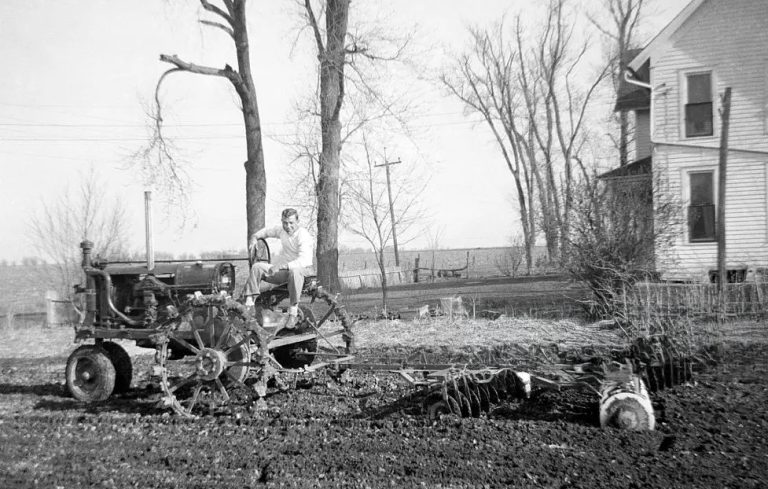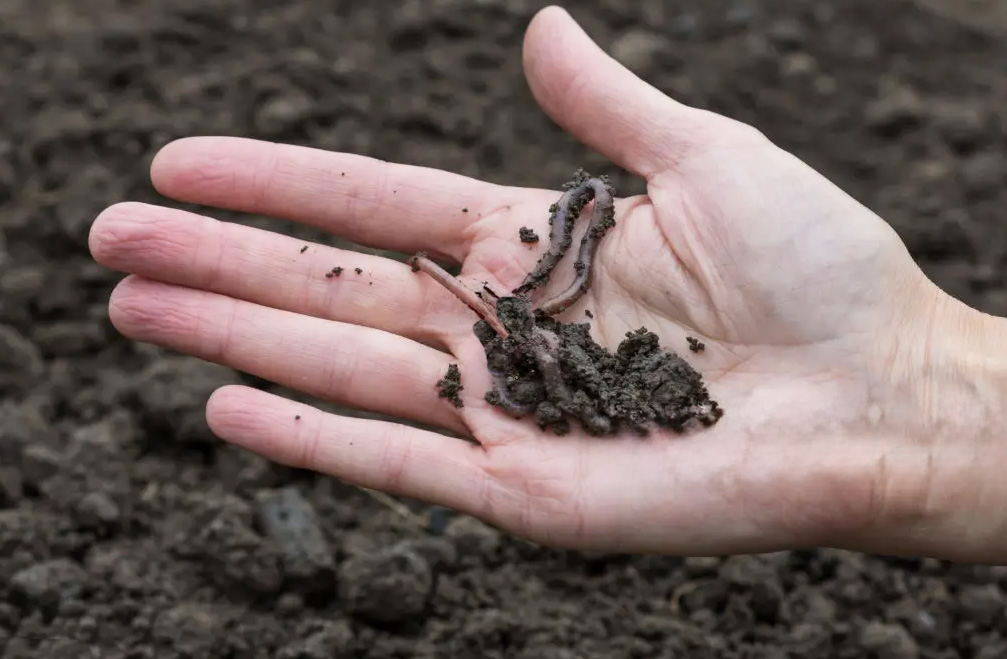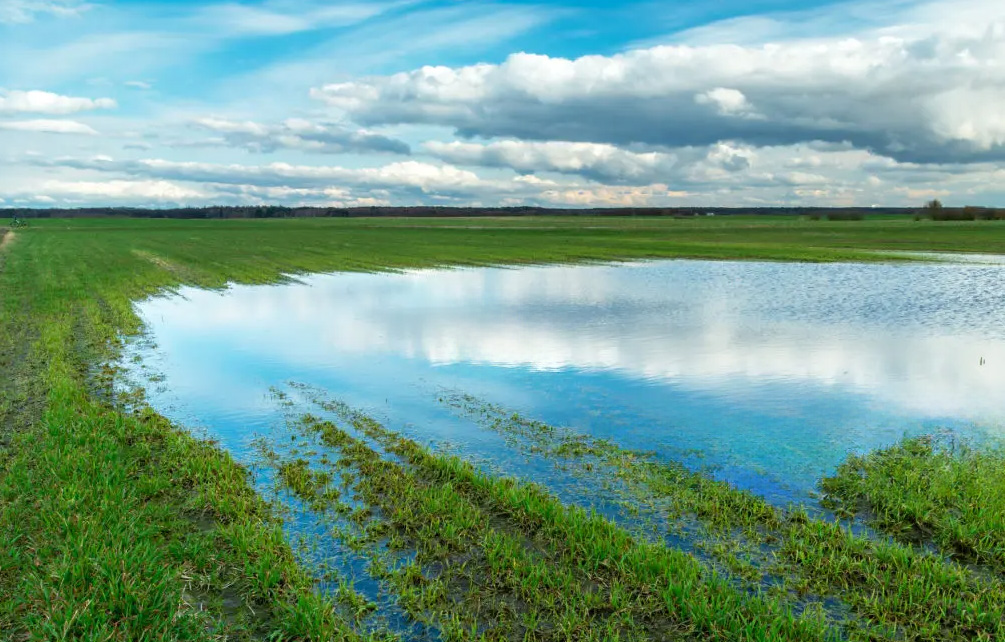Top 5 soil cultivation mistakes (and how to avoid them)
The agricultural world has changed significantly in recent years. New technologies and numerous studies have paved the way for practices that respect soil life. Today’s farmers no longer view the land as simply a medium for growing crops. But although progress has been made, mistakes still occur. These can have a lasting impact on the ecosystem or soil structure, crop health and yields. These missteps, most of which are unintentional, can be remedied. In this article, you will find the top 5 most common soil cultivation mistakes and how to avoid them.

The 5 common mistakes in soil preparation
1. Not taking into account the type of plot
Ignoring the specific characteristics of a plot of land remains the primary source of error in soil management. Even within the same perimeter around a farm, each plot of land can be different. Knowing the slopes that promote runoff, wet or compacted areas, the grain size of its soil, its pH, etc. are all factors that determine how to manage the land and what crops to plant. There are many tests that can be carried out to determine this. You can find the main ones in our article “How to study your soil to adapt your work to it”.
2. Underestimating soil biological activity
Not paying attention to the biological activity of your plot is a mistake that can prove costly. The soil is a living environment composed of various organisms such as earthworms, mites, bacteria and fungi, among others.
These organisms interact with each other and enable biological activity that is essential for healthy soil. They renew the structure, break down organic matter, regulate pathogens, ensure the distribution of resources, and facilitate water penetration.
In order to best protect soil life, The use of fungicides and fertilisers must therefore be carefully considered. However, other factors can also be decisive. These are directly related to the following points.

3. Working too deeply and/or excessively
Working at the right frequency with the right tool for the type of soil at the right time is an important factor in successful cultivation and in maintaining the long-term fertility of a plot. Working too deeply and too often has a direct negative effect on biological life and dilutes organic matter. The structure is also impacted and the risk of erosion is very real.
As with any issue, in order to avoid overworking the soil, careful consideration must be given in advance to the use of heavy machinery on plots. Fewer passes by heavy machinery = less compaction and therefore no need to use a subsoiler every year. Combined working can be a solution for certain projects, with the added bonus of saving time.
4. Work unsaturated soil
Do not confuse speed with haste. Working on soil that has not dried out is a mistake that can take its toll over time.
To compact a plot, create a smooth surface or a plough sole, all you need is waterlogged soil over which you drive a tractor with a tool attached. The consequences can be difficult to remedy, especially in the presence of clay. The organisms present in the soil suffer and the structure deteriorates. The yield of the subsequent crop will therefore be severely compromised.
Before any work is carried out, it is important to check that the topsoil is properly drained to a depth of at least 25 centimetres. Using a light implement and limiting the working depth can reduce deep compaction. Ideally, work should be carried out on soil that is drained to a depth of 40 centimetres.

5. Neglecting crop rotation and ground cover
Growing the same crop on the same plot of land for several years in a row seems to be the simplest solution. However, in the long term, this leads to a depletion of the nutrient reserves specific to that crop. It also results in the development and resistance of certain pests or diseases. Crop rotation allows farmers to alternate practices, restructure their soil and increase its fertility. In addition, it provides natural protection against pests. Furthermore, when done properly, it reduces the use of inputs.
By alternating winter and spring crops, the soil is “covered” more often. However, between two crops, there are still periods when it can be bare. Ignoring these phases is a mistake. Bare soil is susceptible to erosion. Plant cover also acts as a soil improver when it is destroyed. The choice of species planted is therefore essential, as they will provide nutrients for subsequent crops.
In conclusion
The proverb says: “Only those who do nothing never make mistakes” or “It is by doing that we learn”. Reasoning, observing, understanding and exchanging ideas is the best way to implement good practices. Agricultural techniques are still evolving. Genuine networks have been set up to share everyone’s experiences. It is thanks to today’s farmers that, together, we will shape the agriculture of tomorrow.


